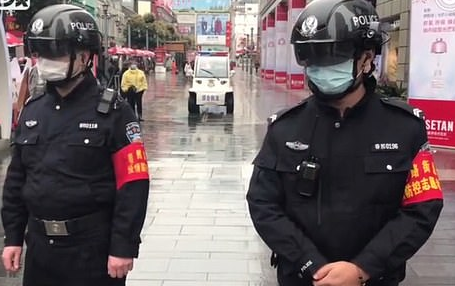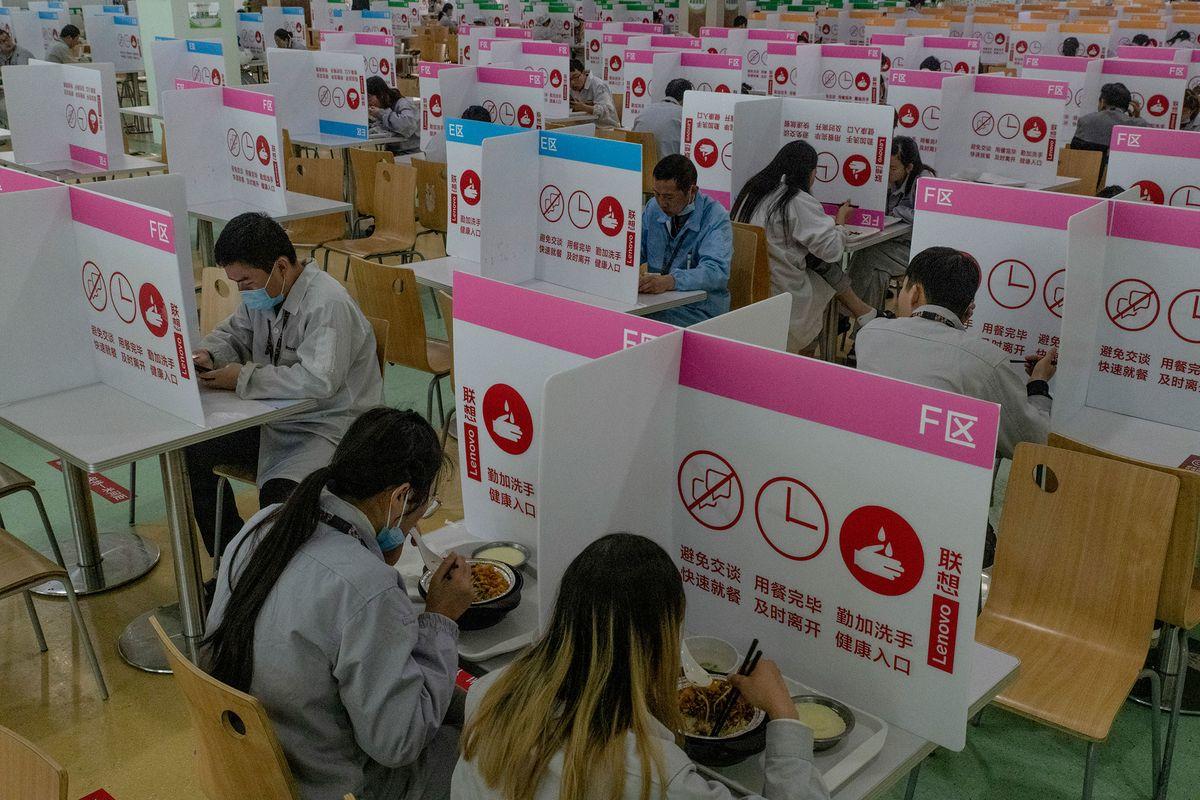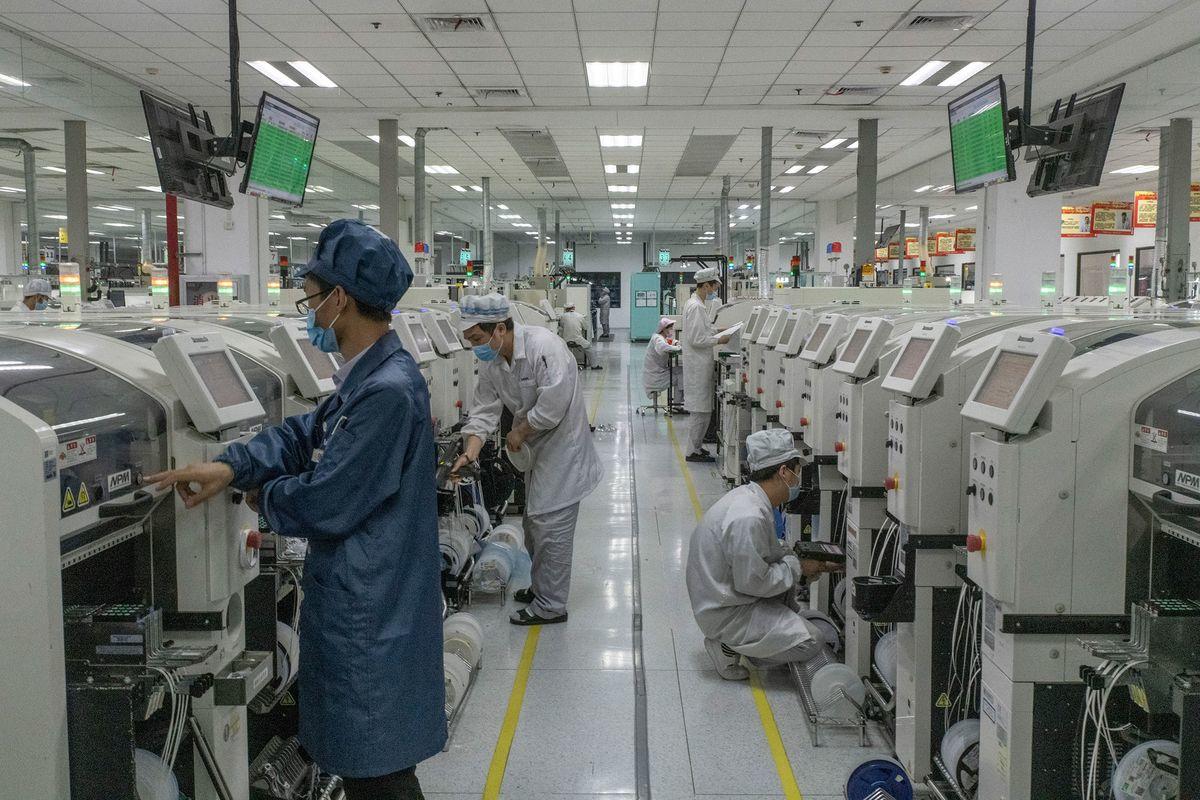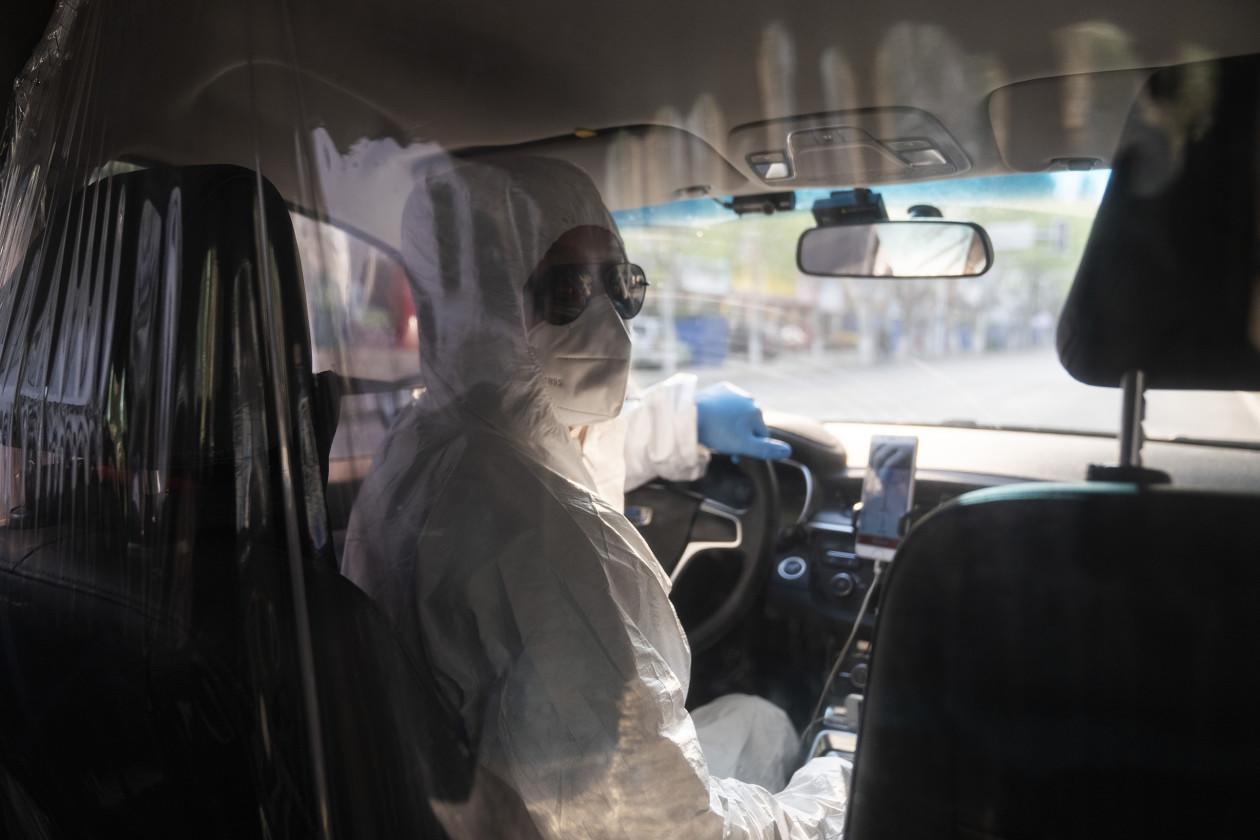One of the points raised by critics of two recent California studies that estimated a surprisingly low fatality rate for COVID-19 can be summarized in four words: What about New York? If just 0.1 percent of people infected by the COVID-19 virus can be expected to die from the disease, as the low end of the range indicated by antibody tests in Santa Clara County and Los Angeles County suggests, the current death toll in New York City would imply that more than 100 percent of the population has been infected.
We probably can rule out that possibility, even without taking into account the test results that New York Gov. Andrew Cuomo announced today, which suggest that a fifth of the city’s residents have antibodies to the virus. By comparison, the Santa Clara County and Los Angeles County studies estimated that the share of residents infected by the virus as of early April was around 3 percent and 4 percent, respectively. Given New York City’s population density, it makes sense that a substantially larger share of residents would be infected there than in most other areas of the country. But population density alone does not account for the remarkably severe impact of COVID-19 in New York, and other possible explanations have been floated, including demographic factors, social distancing policies, overburdened hospitals, and multiple sources of infection from international travelers.
The current crude case fatality rate (CFR) in New York City—confirmed deaths as a share of confirmed cases—is more than 7 percent. If you include “probable deaths”—cases where infection was not confirmed by virus tests but suspected based on symptoms and circumstances—the crude CFR rises to nearly 11 percent. By comparison, the national average is currently 5.7 percent.
That average disguises wide geographic variation. In Texas, where I live, the current crude CFR is 2.6 percent. It is 1.3 percent in Wyoming, 3.2 percent in Florida, 3.8 percent in California, 5.3 percent in New Jersey, and 6.2 percent in Louisiana.
New York state accounts for nearly a third of COVID-19 deaths in the United States, and New York City by itself accounts for a fifth (including just confirmed fatalities). The city has recorded more than 100 deaths per 100,000 residents, compared to about 15 nationwide, two in Texas, four in California, and 60 in New Jersey.
So what’s going on in New York? Even judging from confirmed cases, it’s clear that a relatively large share of the population is infected. And we know that confirmed cases underestimate total infections, since testing has been skewed toward people with severe symptoms, which are not typical. The size of that gap—the issue at the heart of the controversy over the California studies—is crucial in estimating the overall fatality rate among people infected by the virus.
Cuomo said about 14 percent of 3,000 people randomly selected from shoppers across the state tested positive for antibodies to the COVID-19 virus. That sample may not be representative of the general population, since people who are sick or think they may have been exposed to the virus are probably less likely to be out in public. But assuming the sample is representative, the results suggest that something like 2.7 million New Yorkers have been infected, which in turn implies a statewide infection fatality rate (IFR) in the neighborhood of 0.6 percent—three times the upper estimate from the California studies.
Cuomo said the antibody tests suggest that 21 percent of New York City’s population has been infected, which implies about the same IFR. It makes sense that the virus would be especially prevalent in New York City. With 27,000 people per square mile, the city has by far the highest population density of any jurisdiction in the United States. With so many people living in close proximity to each other, jostling each other on sidewalks, and crowding together in subways, stores, bars, and restaurants, it would be surprising if New York City did not have an unusually high infection rate.
But population density is not the whole story. When George Rutherford, an epidemiologist and biostatistician at the University of California, San Francisco, looked at COVID-19 cases and deaths across boroughs and counties within New York City, he found they were not correlated with population density. Staten Island, for example, had a lot more cases per 100,000 residents than Manhattan did.
Richard Florida, an urban studies scholar at the University of Toronto, argues that economic class also plays an important role in the epidemic. “Covid-19 is hitting hardest not in uber-dense Manhattan but in the less-dense outer boroughs, like the Bronx, Queens, and even far less dense Staten Island,” he writes in a CityLab essay. “The density that transmits the virus is when people are crammed together in multifamily, multi-generational households or in factories or frontline service work in close physical proximity to one another or the public….There is a huge difference between rich dense places, where people can shelter in place, work remotely, and have all of their food and other needs delivered to them, and poor dense places, which push people out onto the streets, into stores, and onto crowded transit with one another.”
The spread of COVID-19 in New York City also was hastened by the introduction of the virus via many travelers from other countries. “Studies of the viral genome have shown that whereas California had about eight initial introductions, mainly from Asia, dozens of people (up to 100) brought the virus into New York, mainly from Europe,” Jeanna Bryner notes on Live Science. “Each of those introductions creates its own ‘chain of transmission,’ passing the virus to individuals who then, in turn, pass it to others.” According to modeling by researchers at Northeastern University, New York City may have had more than 10,000 infections by March 1, when its first confirmed case was reported.
Another possible factor is the timing of mandatory social distancing policies. Cuomo issued a business closure and stay-at-home order on March 20, the day after California Gov. Gavin Newsom imposed similar restrictions and four days after six counties in the San Francisco Bay Area ordered lockdowns. Assuming three weeks from infection to death, Rutherford, the epidemiologist, told Bryner earlier this month, the first case in the Bay Area happened about two weeks before the local lockdown. In New York City, he said, about four weeks elapsed between the estimated introduction of the virus and the stay-at-home order.
In light of the newly documented COVID-19 death in Santa Clara County on February 6, that comparison seems dubious. That case involved a woman who apparently was infected through transmission in the local community, which suggests the virus was already spreading in the Bay Area by mid-January, a month before the lockdowns there.
It may turn out that New York City not only has more infections per capita than other jurisdictions but also has a higher infection fatality rate, as Cuomo’s numbers suggest. Rutherford thinks a stressed health care system may help explain that difference. “As the hospital systems get overwhelmed, the mortality rate goes up proportionately,” he told Brynner, citing data from China.
Epidemic-related hospital use peaked in New York state on April 8, according to data from the University of Washington’s Institute for Health Metrics and Evaluation (IHME). At that point, the IHME says, the number of available ICU beds fell about 5,500 short of what was needed.
New York City’s experience with COVID-19 could mean that the IFR estimates from the California studies are wildly off. It also could mean that a much larger share of the population is infected in New York City, as Cuomo’s numbers suggest, and that people with the disease tend to do worse there for reasons that may include an overburdened health care system. Or all three of those things could be true to some extent. We won’t have a clearer answer until additional research sheds light on the actual prevalence of the virus in different parts of the country.
from Latest – Reason.com https://ift.tt/3bBQ6OS
via IFTTT









